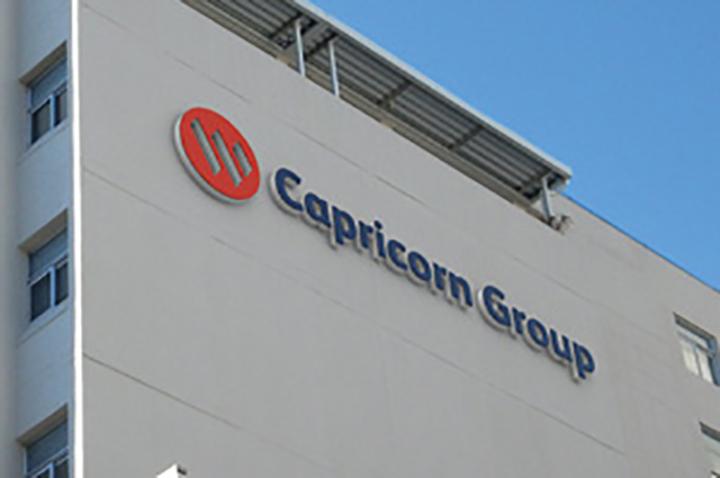Africa-Press – Namibia. NAMIBIA’S economy should fare better in 2022 with a growth rate of 3,6%, following another weak growth year in 2021 of barely more than 1%.
According to an outlook in the Capricorn Asset Management newsletter for October 2021, this is based on an expected normalisation in most sectors, given very low Covid-19 numbers, and an end to the drag that fiscal consolidation has had in the fiscal year ending March 2022.
“This means spending levels will not contract further after it had to be cut back following the Covid-19 induced deficit spending of 2020,” said Capricorn.
The newsletter predicted that global inflation would be problematic over the next 12 to 18 months, driven by supply-chain disruptions and a surge in energy prices, including oil that would push up fuel prices further.
It said consumer inflation in the United States is likely to remain above 5% until the second quarter of 2022, after which it should come down quite sharply to around 3% by year-end.
In South Africa it also appears set to run above 5% for the next six months, and then to drift lower to the mid-point of the target range by the end of next year.
“The trend in Namibia will be somewhat different, with inflation drifting higher from the current 3,5% to above 5% by year-end 2022, when it ought to peak.
“This growth-and-inflation environment appears to provide an opportunity for policy-determined interest rates to be increased somewhat in 2022,” said Capricorn.
The markets now clearly expect that the US Federal Reserve will lift rates from the current target of 0,25% to something like 0,5% or 0,75%, and that the South African Reserve Bank would follow suit in lifting its repo rate from the current record low of 3,50% to 4,0%.
“This means the prime rate in SA will be 7,50%, and in Namibia 8,0% by year-end 2022.
“We point this out as a possibility since the South African Reserve Bank appears determined to lift rates in the wake of its mandate review being undertaken in conjunction with the national treasury,” said the outlook report.
However, it may pose challenges in an economy with a 40% unemployment rate, no demand for credit from the private sector, and a weak property market. Private-sector credit extension (PSCE) in Namibia is growing at 1,7% year on year, while in South Africa it is 1,1% year on year with little prospects of accelerating significantly.
Furthermore, by this time next year, we are likely to be facing falling inflation and a cooling economy in 2023. Be that as it may, expectations for returns from the money market remain around 5% to 6% for the foreseeable future, said Capricorn.
“We are a long way from the nearly double-digit returns that were achieved in the past, which beat inflation handsomely, making the investment decision quite easy and virtually risk-free.”
Money market funds returned between 4,6% and 6,3% over the past 12 months. For a higher prospective return, it means investors need to consider the bond market.
“We reiterate our view expressed last month. Domestic bonds, that is Namibian and South African, carry an attractive yield for these uncertain times.
“Namibian inflation-linked bonds are also very attractively priced and protect the investor against the danger of future inflation. Therefore, we are fully invested in these.”
The key factor to watch is counter-party risk or the fiscal prospects of the Namibian and South African governments. Funding requirements will remain large, keeping yields high.
“However, we do not foresee a default on domestic debt for the foreseeable future. The Bond Fund returned 14,3% for the 12 months to September 2021,” said Capricorn.
For More News And Analysis About Namibia Follow Africa-Press






